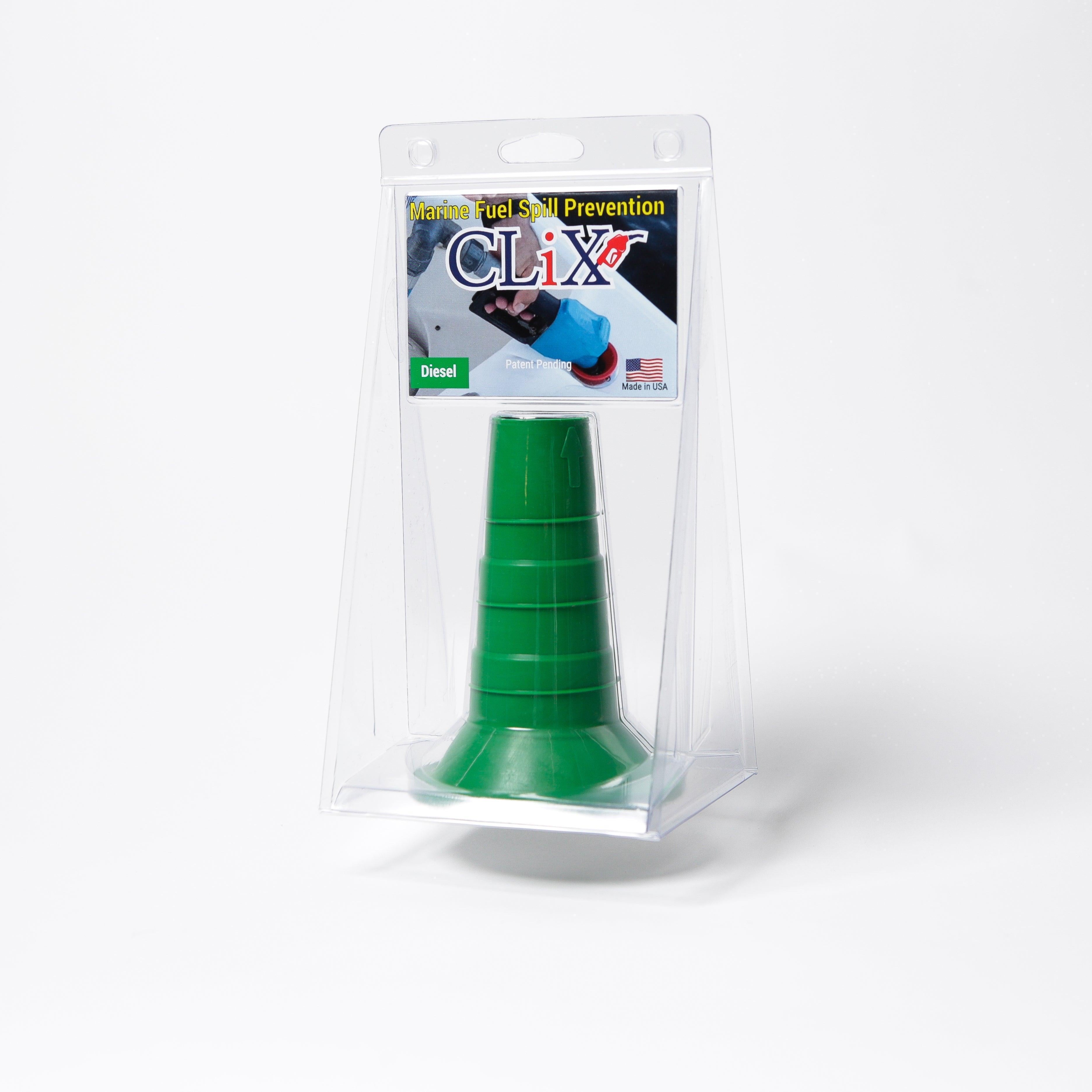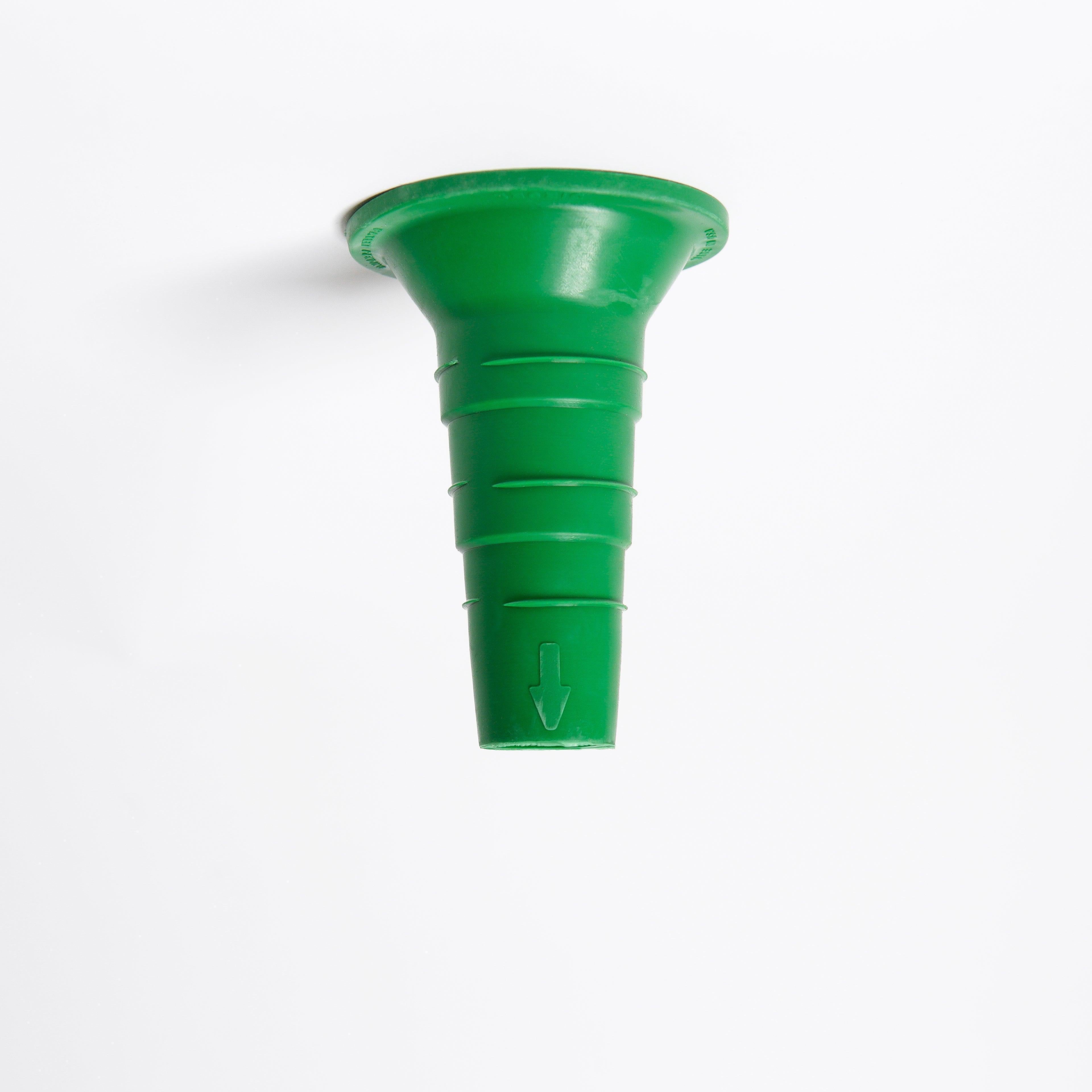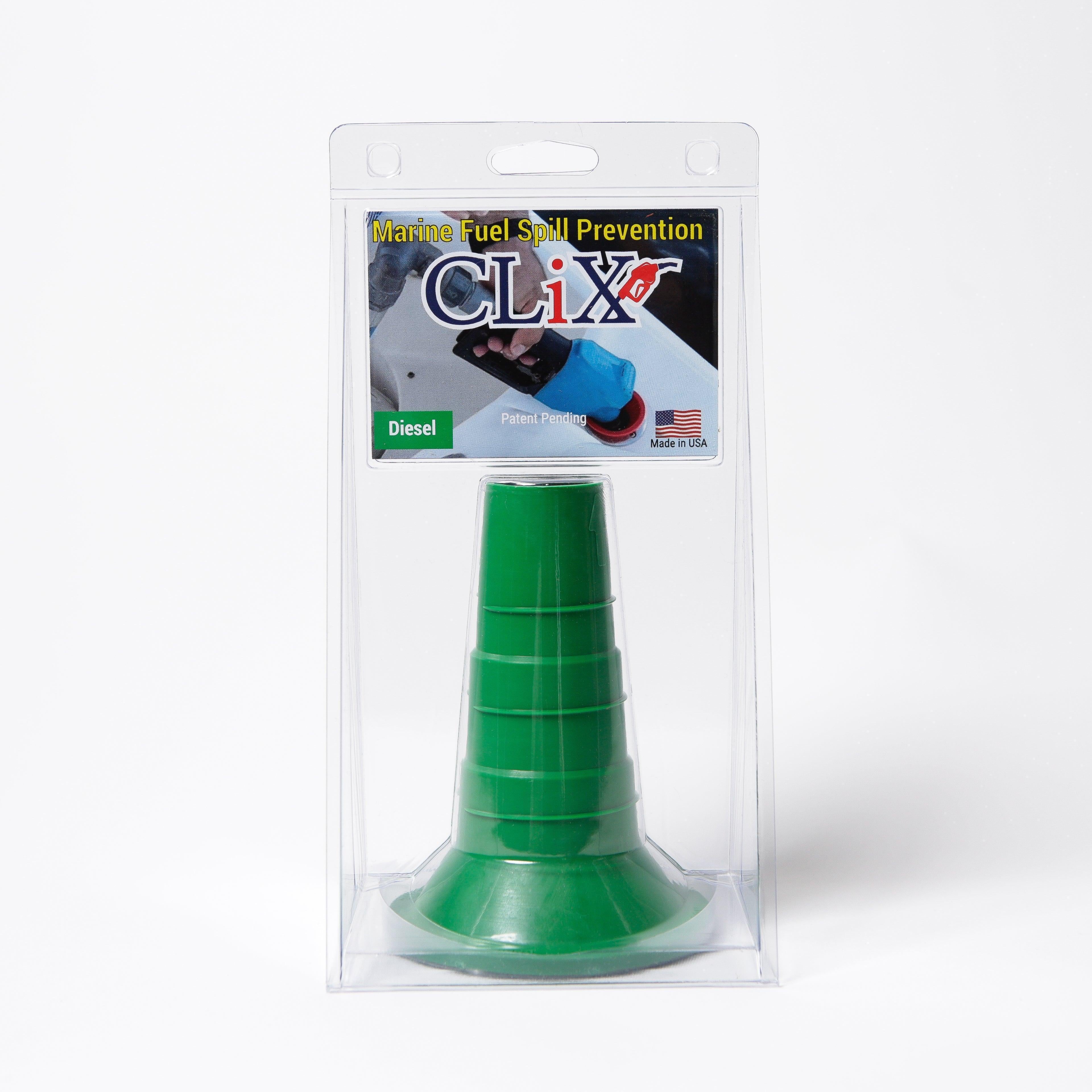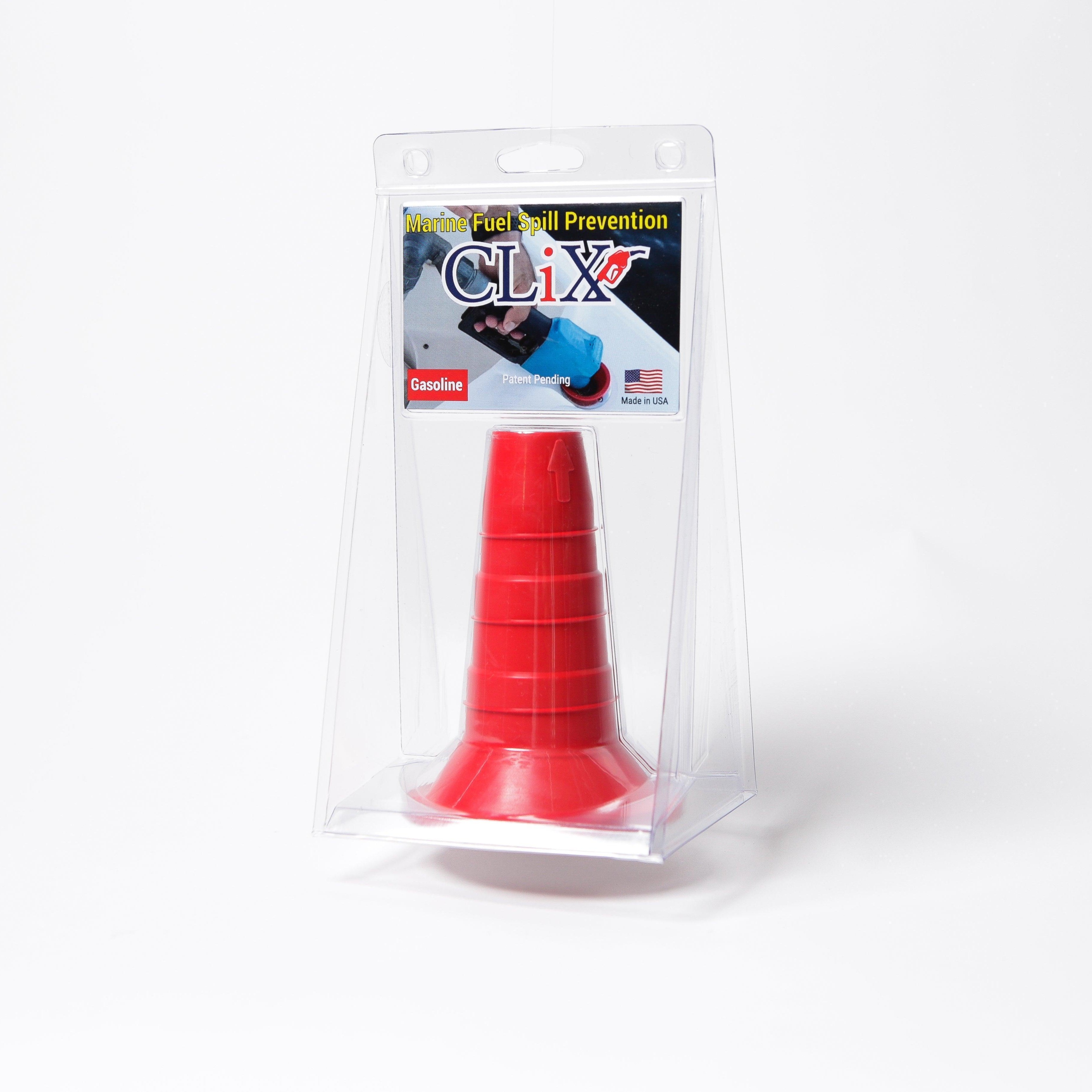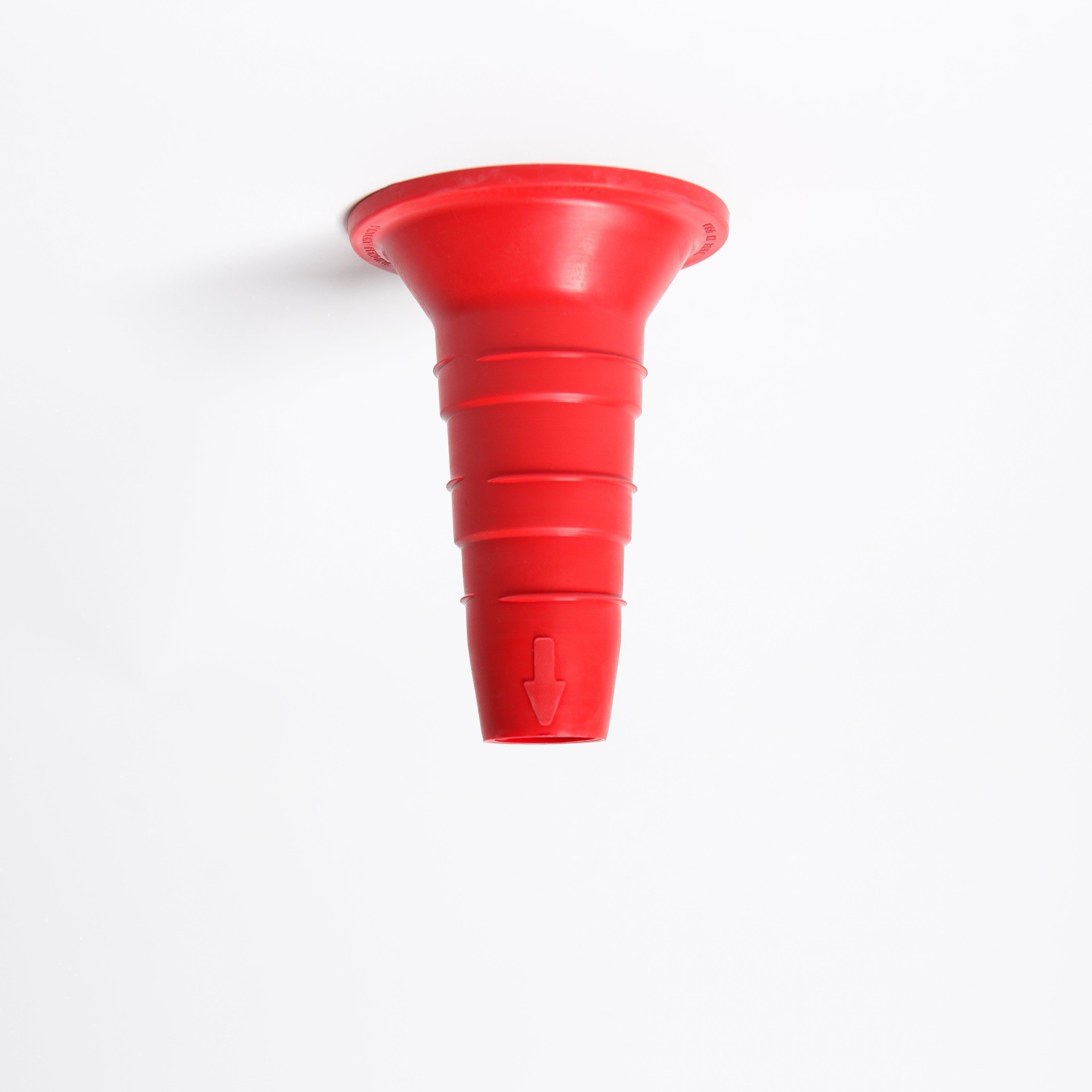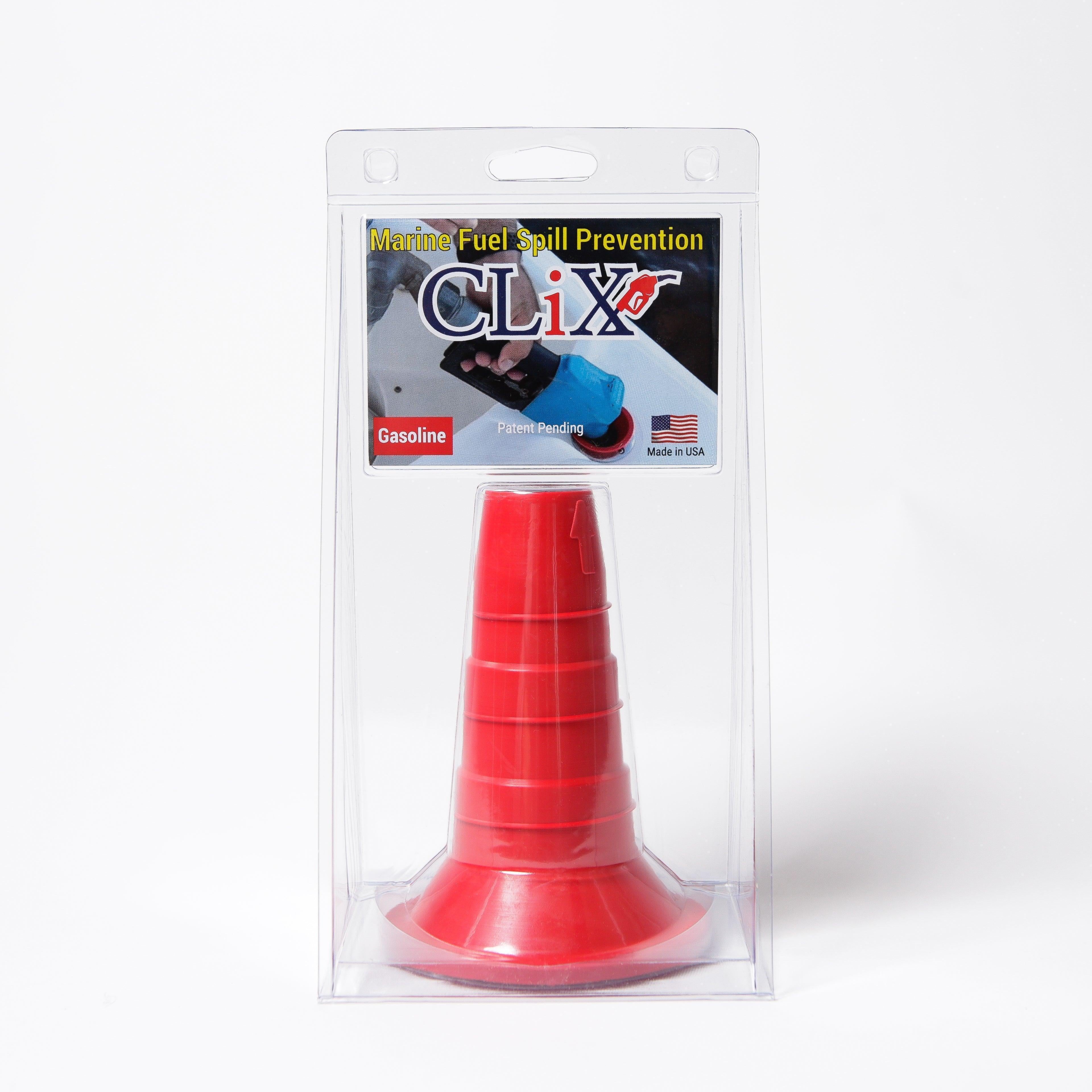Demystifying Electric Fluid Transfer Pump Technology
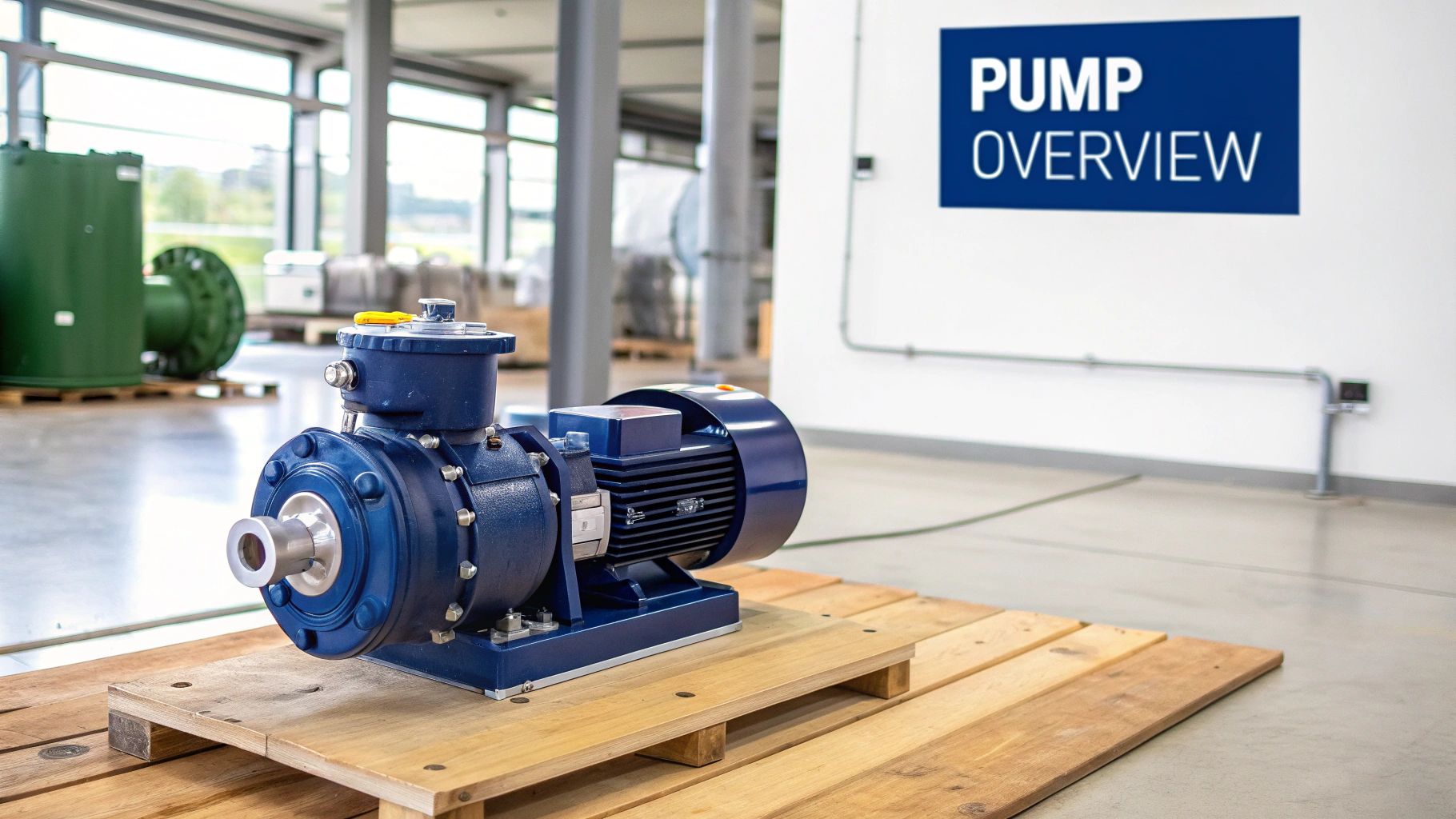
Electric fluid transfer pumps play a vital role in many industries. They ensure the efficient movement of liquids. These pumps come in various designs, each tailored to specific uses. Choosing the right pump depends on understanding these core technologies.
It's essential to match the pump to both the fluid's properties and the system's needs.
Core Components and Operating Principles
The core of every electric fluid transfer pump is its electric motor. This motor generates the rotational energy needed for the pump's operation. This energy then powers the impeller. The impeller is a rotating part inside the pump housing that moves the fluid. The impeller's design significantly impacts the pump's performance, affecting aspects like flow rate and pressure.
Fluid transfer relies on a simple principle: the rotating impeller creates a low-pressure zone at the pump inlet. This draws fluid into the pump. As the impeller spins, it transfers kinetic energy to the fluid, propelling it toward the outlet at a higher pressure. This pressure difference is what moves the fluid through the system. Think of it like a water wheel: the paddles (impeller) push the water (fluid), creating a flow.
Types of Electric Fluid Transfer Pumps
Three main types of electric fluid transfer pumps are common: centrifugal pumps, positive displacement pumps, and peristaltic pumps. Each type uses a unique mechanism for fluid transfer, giving them specific advantages and disadvantages.
- Centrifugal pumps: Well-suited for high-volume, low-pressure situations.
- Positive displacement pumps: Excel in high-pressure, low-volume applications, often handling thicker fluids.
- Peristaltic pumps: Ideal for sensitive fluids or sterile environments.
You can explore our blog sitemap for more information on this topic.
Technological Advancements in Pump Design
Electric fluid transfer pumps have undergone constant evolution and improvement. In 1994, Baha Abulnaga invented the slurry and froth pump with a split vane impeller. This design reduced recirculation and broke up air bubbles, boosting pump efficiency. You can learn more about pump history.
While not exclusively an electric pump, this invention highlights the drive for better fluid handling. Electric fluid transfer pumps are essential in industries like oil and gas, where precise fuel flow control is paramount. Electric motors power these pumps, providing the precise control crucial for these settings.
This ongoing evolution highlights the value of choosing a pump with the latest features. This choice can significantly improve efficiency and reliability, resulting in cost savings over time.
Where Electric Fluid Transfer Pumps Drive Industry Success

Electric fluid transfer pumps are becoming increasingly important across various industries. They address specific challenges by offering the precise fluid handling needed for applications like managing corrosive materials or preventing cross-contamination. This leads to improved safety, efficiency, and better compliance for industries such as oil and gas, pharmaceutical manufacturing, food processing, and water treatment.
These specialized electric pumps play a vital role in real-world scenarios. For instance, oil and gas operations rely on these pumps for the safe transfer of liquid fuels in volatile environments. Food processors use them to maintain sanitary conditions while maximizing production. Water treatment facilities depend on them for consistent, reliable operation. The fuel transfer pump market itself demonstrates this growth. The global market, valued at about USD 1.71 billion in 2021, is projected to expand at a CAGR of 4.9% between 2022 and 2030. You can find the full research here.
Industry Applications Overview
To help illustrate the range of uses for electric fluid transfer pumps, we've created a table summarizing their application across different sectors. This table provides a comprehensive overview of how various industries use these pumps to meet their specific needs and requirements.
Electric Fluid Transfer Pump Applications by Industry
| Industry | Common Applications | Pump Types Used | Key Requirements |
|---|---|---|---|
| Oil and Gas | Fuel transfer and handling | Centrifugal, Positive Displacement | Safety, high precision flow control |
| Food Processing | Sanitary transfer and high throughput | Peristaltic, Centrifugal | Hygiene, smooth operation |
| Pharmaceutical | Preventing cross-contamination in production | Specialized designs | Cleanability, regulatory compliance |
| Water Treatment | Continuous supply for filtration systems | Centrifugal, Custom designs | Reliability, 24/7 operation |
As you can see, the applications and requirements vary significantly depending on the industry. While safety and precision are paramount in oil and gas, hygiene and smooth operation are critical for food processing.
Key Benefits at a Glance
Here are some of the core advantages of using electric fluid transfer pumps:
- Enhanced Control: Precise flow rate control minimizes potential hazards.
- Regulatory Compliance: These pumps help meet strict safety and operational guidelines.
- Versatility: Configurations can be adapted to handle different chemical and physical fluid properties.
- Operational Efficiency: Reliable, continuous performance reduces downtime and boosts productivity.
By carefully selecting pump configurations to address specific environmental conditions and industry regulations, businesses can improve operational output and maintain compliance. Each design is tailored to meet unique industry demands with a focus on safety and efficiency, ultimately contributing to success in these vital sectors.
Selecting Your Ideal Electric Fluid Transfer Pump
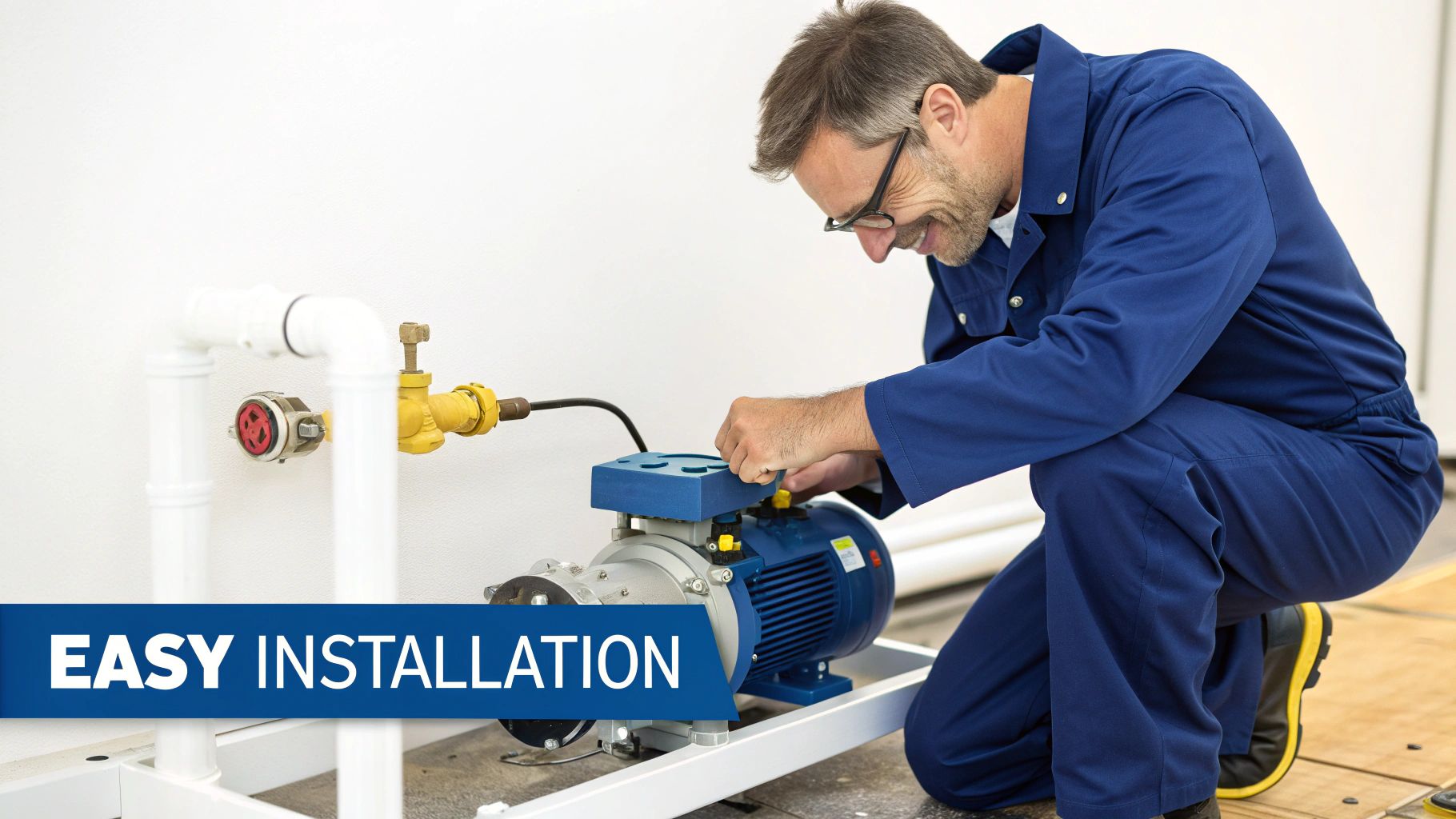
Picking the right electric fluid transfer pump is essential for efficient and dependable performance. A mismatched pump can lead to wasted energy, higher maintenance costs, and even system failures. This guide will walk you through the key factors experienced engineers use to select the perfect pump for any application.
Understanding Your Needs: Flow Rate, Pressure, and Viscosity
The first step is to pinpoint your fluid transfer requirements. This means determining the necessary flow rate, the required pressure, and the fluid’s viscosity. Flow rate is the volume of fluid moved over a specific time. Pressure refers to the force the fluid exerts on the system. Viscosity measures the fluid's resistance to flow.
Think of it like this: transferring thick molasses requires a pump designed for high-viscosity fluids, unlike water.
Knowing the fluid's chemical properties is also crucial. Some fluids can be corrosive or abrasive. The pump's materials must be compatible to avoid damage and ensure a long service life. CLiX Fueling product details might offer further insights into fluid compatibility. Carefully analyzing these characteristics helps narrow your pump choices.
Interpreting Pump Curves and NPSH
Pump curves visually represent a pump's performance. They show the relationship between flow rate, pressure, and efficiency. Understanding these curves is essential for selecting a pump that operates efficiently within your system. This knowledge prevents you from choosing a pump that's too large or too small.
Net Positive Suction Head (NPSH) is another vital factor. NPSH is the pressure available at the pump's inlet to prevent cavitation. Cavitation happens when the fluid pressure drops too low, forming damaging bubbles.
Choosing a pump with sufficient NPSH prevents this problem. Accurate NPSH calculations are crucial for the pump's long-term health.
Evaluating Lifecycle Costs: Beyond the Purchase Price
Smart buyers consider more than just the initial price tag. Lifecycle costs include energy use, maintenance needs, and the pump's expected lifespan. A more expensive, high-efficiency pump could save you money in the long run with lower operating costs and a longer life. Evaluating these long-term costs helps optimize your investment.
Selection Guide: Choosing the Right Pump Type
The following table provides a quick overview of various pump types to help you make the best choice:
Electric Fluid Transfer Pump Selection Guide: A comprehensive comparison of different electric fluid transfer pump types with their specifications, ideal applications, advantages, and limitations.
| Pump Type | Flow Rate Range | Pressure Range | Viscosity Handling | Ideal Applications | Limitations |
|---|---|---|---|---|---|
| Centrifugal | High | Low | Low | High-volume, low-pressure applications | Not ideal for viscous or high-pressure situations |
| Positive Displacement | Low | High | High | High-pressure, viscous fluids, self-priming needed | More complex design, higher maintenance |
| Peristaltic | Low | Low | Medium | Gentle handling of sensitive fluids | Lower flow rates, limited pressure |
This table highlights the key differences between common pump types, allowing you to select the best fit for your needs. Choosing the right pump involves a careful evaluation of your requirements and understanding the nuances of each pump type. A holistic approach, considering both upfront costs and long-term operational expenses, leads to a well-informed decision, maximizing efficiency and minimizing downtime.
Maximizing Electric Fluid Transfer Pump Reliability

Unexpected pump failures can halt operations entirely. Understanding how to maximize the reliability of your electric fluid transfer pump is essential for smooth and efficient processes. This section explores proven strategies for ensuring your pumps perform reliably. These strategies come from discussions with maintenance professionals and reliability engineers. Choosing the right pump requires careful planning. For tips on valve selection, see this Valve Selection Guide.
Identifying Early Warning Signs
Recognizing early warning signs is the first step in preventing major pump failures. These signs can be subtle, like slight vibration changes or unusual thermal patterns. For example, increased vibration could mean bearing wear. A temperature rise could indicate a failing seal. Catching these issues early prevents costly downtime.
Monitoring pump performance data, such as flow rate and pressure, can also reveal developing issues. A gradual decline in these metrics could signal internal wear or system blockages. This proactive approach helps avoid unexpected shutdowns. Pump reliability has always been crucial for industries relying on fluid transfer. A 2005 study examined nearly 15,000 pumps and found varying reliability rates across different plants. It highlighted the importance of robust designs, like electric fluid transfer pumps, for withstanding harsh environments. You can explore this topic further here.
Practical Maintenance and Troubleshooting
A well-structured maintenance schedule is vital for long-term pump reliability. This includes regular inspections, lubrication, and component replacement. It's also important to balance these needs with resource constraints. Create a maintenance plan that is both effective and manageable within your budget and staffing.
Knowing common troubleshooting techniques enables quick responses to typical problems. Issues like cavitation, bearing wear, and seal deterioration can be addressed swiftly. This minimizes downtime and gets operations back on track quickly. Techniques include checking for air leaks, ensuring proper lubrication, and verifying pump alignment.
Condition Monitoring for Enhanced Reliability
Condition monitoring takes pump maintenance to a new level. This proactive approach uses sensors and data analysis to continuously assess pump health. It provides real-time insights into operating conditions, allowing you to anticipate problems.
For example, vibration analysis detects subtle changes in bearing wear, allowing for timely replacements. Thermal imaging pinpoints overheating components, enabling proactive intervention. This preventative strategy extends equipment lifespan and reduces the chance of expensive emergency repairs. Investing in these techniques ensures equipment longevity and prevents production losses.
Optimizing Efficiency: The Electric Pump Advantage
Electric fluid transfer pumps offer significant potential for energy savings and a smaller environmental footprint. It's not just about moving fluids, it's about moving them efficiently. Leading organizations are adopting advanced technologies to minimize energy consumption without compromising performance, resulting in lower operating costs and a reduced carbon footprint.
Advanced Motor Technologies and Variable Frequency Drives
A key factor in maximizing pump efficiency is the motor. Advanced motor technologies, such as permanent magnet motors, offer higher efficiency compared to traditional induction motors. These advancements minimize energy loss during operation, leading to lower electricity costs. Pairing these advanced motors with variable frequency drives (VFDs) further improves efficiency. VFDs adjust the motor speed to precisely match the required flow rate, reducing wasted energy. This combination offers a powerful way to optimize pump performance and reduce energy consumption.
Intelligent Control Systems for Optimized Performance
Intelligent control systems bring a new level of precision to electric fluid transfer pumps. These systems continuously monitor and adjust pump operations based on real-time conditions. Factors such as flow rate, pressure, and temperature are analyzed to ensure the pump operates at its optimal point. For example, if demand decreases, the system automatically reduces pump speed to conserve energy. This constant optimization lowers energy consumption and extends the pump's lifespan, contributing to both cost savings and improved sustainability.
System Design: Avoiding Efficiency Killers
Proper system design is crucial for efficient pump operation. Common issues like throttling, bypassing, and oversizing can dramatically reduce efficiency. Throttling restricts flow and wastes energy. Bypassing diverts flow away from the intended path, also leading to energy waste. Oversizing involves using a larger pump than necessary, resulting in continuous energy loss. Careful system design avoids these problems, maximizing pump efficiency and minimizing unnecessary energy consumption. This approach focuses on selecting the correctly sized pump and designing the system for optimal flow.
Measuring and Improving Pump Efficiency
Regularly measuring pump efficiency is vital for identifying areas for improvement. There are practical methods to calculate pump efficiency, enabling you to track performance and pinpoint potential issues. Strategic upgrades, like replacing outdated pumps with newer, more efficient models, offer substantial long-term cost reductions. Calculating the return on investment for these upgrades provides a clear picture of the financial benefits of improved efficiency. Even small adjustments in pump operation can lead to significant energy savings without impacting operational requirements. Ultimately, these optimizations contribute to both financial and environmental advantages.
The Future of Electric Fluid Transfer Pump Technology
The world of fluid handling is constantly changing. Electric fluid transfer pumps are leading this evolution, with exciting new technologies promising greater efficiency, reliability, and versatility. This means significant operational improvements for industries that rely on fluid transfer.
Smart Pump Technology and IoT Connectivity
One key advancement is smart pump technology, which integrates Internet of Things (IoT) connectivity. Connecting pumps to a network allows operators to collect real-time performance data, including flow rate, pressure, and temperature. This data can then optimize pump operation and predict potential issues, similar to how predictive maintenance is transforming other industrial sectors. For example, a smart pump system could automatically adjust its speed based on demand, minimizing energy consumption and extending the pump's lifespan. Learn more in our article about sitemap pages.
Self-Diagnosing Systems and Predictive Maintenance
Smart pump technology also enables self-diagnosing systems. These systems utilize algorithms and machine learning to analyze pump data and identify potential problems before they cause failures. This predictive maintenance approach minimizes downtime and reduces maintenance costs. Additionally, these systems can automatically generate alerts, enabling maintenance teams to address problems quickly and avoid major breakdowns. This shift towards predictive maintenance is a substantial improvement over traditional reactive maintenance. To learn more about boosting output and streamlining operations, consider how to maximize efficiency.
Advanced Materials and Manufacturing Techniques
Materials science plays a vital role in the future of electric fluid transfer pumps. New materials are being developed to withstand harsher operating conditions, such as high temperatures, corrosive chemicals, and abrasive fluids. These advancements increase pump lifespan and reduce maintenance. Advanced manufacturing techniques, like 3D printing, allow for more intricate and customized pump designs. This design flexibility enables engineers to optimize pumps for specific applications, achieving greater efficiency and tailoring pumps to precise process needs for improved overall system performance.
Miniaturization and Digitalization
Miniaturization is another important trend. Smaller, more compact pumps are being developed for applications with limited space, which is particularly important in fields like medical devices and aerospace. Alongside miniaturization, digitalization is transforming how pumps are designed, operated, and maintained. Digital twins, virtual models of physical pumps, allow engineers to simulate performance and optimize designs before building physical prototypes. This reduces development time and costs, accelerating innovation. The combination of these trends points to a future of smaller, smarter, and more efficient electric fluid transfer pumps.
Key Takeaways: Electric Fluid Transfer Pump Success
This section offers actionable insights for managing and maintaining electric fluid transfer pumps based on industry best practices. Whether you are upgrading existing systems or planning new installations, these takeaways provide a reliable framework for getting the most out of your investment.
Selecting The Right Pump
Choosing the right pump is the first step to success. Consider the following factors:
- Fluid Properties: Understand the fluid's viscosity, chemical composition, and temperature to select pump materials and design that match your needs.
- System Requirements: Accurately calculate the required flow rate and pressure so the pump is well-suited for your system.
- Lifecycle Costs: Look beyond the initial purchase price by assessing long-term operating costs such as energy usage and maintenance.
Ensuring Reliable Operation
Maintain steady pump performance with these maintenance tips:
- Early Detection: Keep an eye on changes in vibration, unexpected temperature shifts, and reducing performance so that issues can be identified early.
- Regular Maintenance: Set up a proactive maintenance schedule that includes inspections, proper lubrication, and timely replacement of parts.
- Troubleshooting Expertise: Ensure that your team is trained to diagnose and address common issues like cavitation and seal deterioration quickly.
Optimizing For Efficiency
Electric fluid transfer pumps can help reduce energy consumption. Consider these recommendations:
- Advanced Motors And Drives: Look into high-efficiency motors along with variable frequency drives (VFDs) to fine-tune motor speed and keep energy use in check.
- System Design: Design the fluid transfer system carefully by avoiding inefficiencies from throttling, bypassing, and oversizing.
- Performance Measurement: Regularly assess pump efficiency and consider strategic upgrades to boost energy savings and improve your return on investment.
By applying these key takeaways, you can boost the performance, reliability, and overall value of your electric fluid transfer pump system. This practical approach not only leads to smoother operations but also lowers costs and supports a more sustainable footprint.
Ready to discover the benefits of a seamless and spill-free fueling solution? Check out CLiX Fueling Solutions at CLiX Fueling Solutions and see how our products can change the way you fuel your boat.

